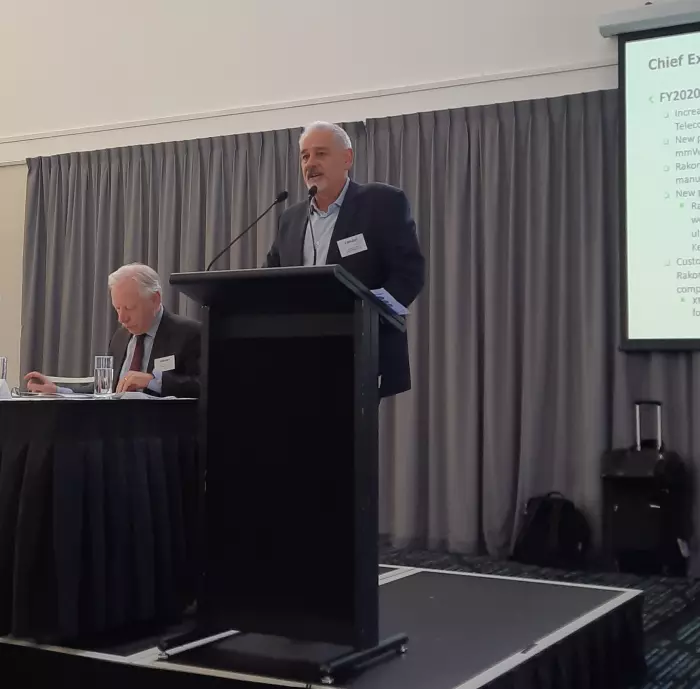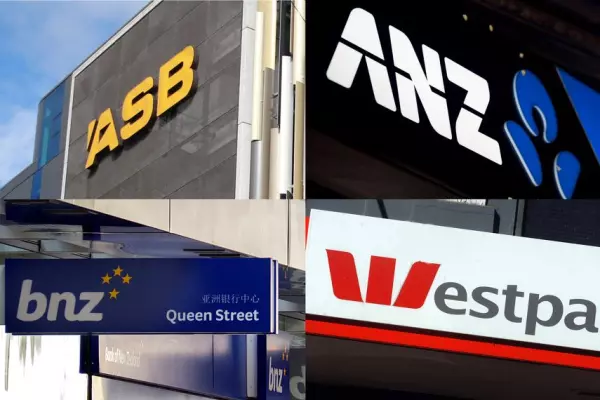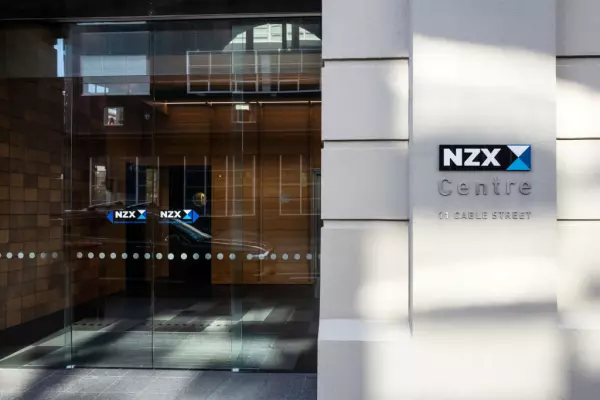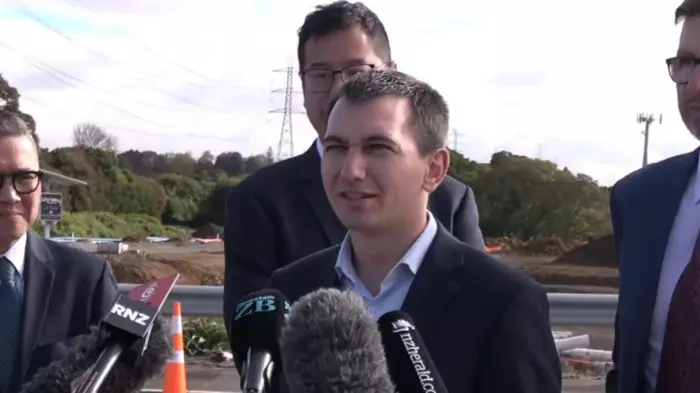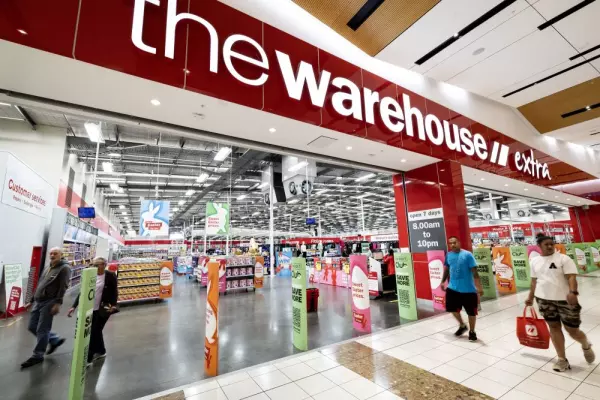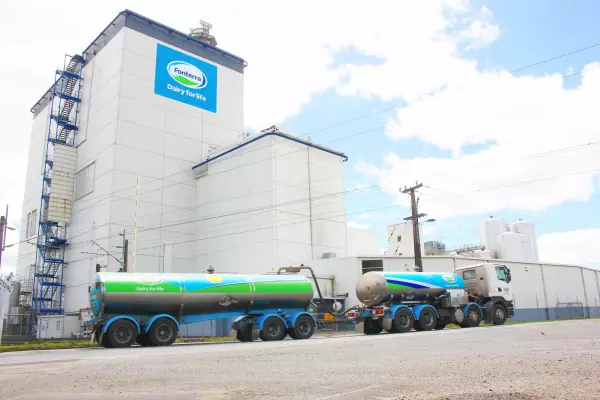New Zealand’s capital markets community has a long memory.
Turn up to any annual meeting and just try to get through it without someone harking back to the ’87 crash.
That institutional memory is supremely valuable. People are easily wooed by the latest snake oil sales pitch. A wise head who recalls the vendor in question can offer a handy note of caution.
However, the opposite can also be true – the uphill road to regain investor trust is a longer one than coming in fresh.
Rakon is on that path at the moment.
The signs have been there for some time. The one-time darling of the stock market has been putting in a lot of hard work overhauling its business and shaping up its balance sheet after it made the wrong bet back in the late 2000s when it tried to win the war over smart phone GPS technology.
There’s been a lot of soul-searching since those times, but last week’s annual result was another milestone for the company as its earnings before interest, tax, depreciation and amortisation passed $20 million for the first time since 2011, on about two-thirds of that year's revenue.
Earnings results in the past couple of years have tracked a return to better health for Rakon.
Making more margin
Long-gone is the strategy of selling a commodity crystal oscillator that plugs in to all comers. Now, virtually all its products are made bespoke for its customers, meaning it can charge a juicier margin.
That shift has also seen the repayment of a ton of debt to bolster the balance sheet, with Rakon in a net cash position of $5m at the March 31 balance date.
A major restructuring several years ago, which shifted its French manufacturing base to India, was another complicated hurdle to overcome.
As a result, Rakon has found itself in a fairly healthy position, reporting underlying ebitda of $23.5m, up 59% from the year earlier and beating the guidance it gave to the market. Revenue rose 8% to $128.3m and net profit more than doubled to $9.6m.
Managing director Brent Robinson is positive about the future, which has seen telecommunications play a much bigger role in the company’s product mix, especially as 5G mobile technology starts hitting its stride.
Those networks have underpinned telecommunications contributing $77m to Rakon’s annual revenue in the latest financial year from $40.5m in the 2018 year.
Rakon expects this to keep ratcheting up, pointing to its XMEMS quartz technology, which has the attention of the world’s biggest telecommunications equipment suppliers.
That will need more capital to ramp up research and development, but it’s the sort of thing you’d expect from a bleeding-edge tech firm with an eye on the sixth generation of mobile telecommunications.
It’s not just the telco sector where Rakon is upbeat. The firm is also banking on the burgeoning space industry, while the explosion of 5G applications requiring precision positioning tech breathed new life into its GPS business.
Friends?
Are we seeing a thaw in the frosty relations Rakon has had with the investor community?
A little, but Robinson recognises it’s very much a work in progress.
The company has vastly improved its investor relations in recent years, going some way to soothe the concerns of some long-suffering shareholders, but it’s in its early stages.
While the shares touched $1 for the first time in a decade earlier this year, they were at 91 cents yesterday and are still well off the $1.60 initial public offering price they sold at in 2006 and the $5.80 they hit a year later.
However, if you were one of the 200 or so new investors to join the register in the past 12 months or so, you’d be pleased with the 243% return you’re sitting on.
Even Taiwanese partner Siward Crystal Technology is now sitting on a chunky gain, having paid 37 cents a share when it pumped in US$10m four-and-a-half years ago, at what appeared to be an eye-watering 115% premium at the time.
It’s also probably not unfair to think Rakon might still be undervalued.
Re-rating potential
At the start of the year, the tech companies that research house Jarden covers were trading at 9.9 times revenue. Rakon, which didn’t make the cut, is trading at about 1.6 times.
That’s at a time when we see staggering valuations as investors accept double-digit earnings multiples.
With just 0.2% of Rakon’s issued stock trading in the past week, improving liquidity will be a key factor for the company’s board in lifting that share price.
Chief financial officer Anand Rambhai agreed he thought the price is cheap in last week’s results briefing. He said the firm’s hopeful of getting back on the radar of the research houses and will bring out comparative analysis of its competitors to give investors a steer.
What might’ve provided some cheer was that Rambhai was answering a question from veteran Forsyth Barr investment adviser Richard Burton.
Rakon has shown it can bounce back from its mistakes. Maybe it’s time for the market to start listening again.


